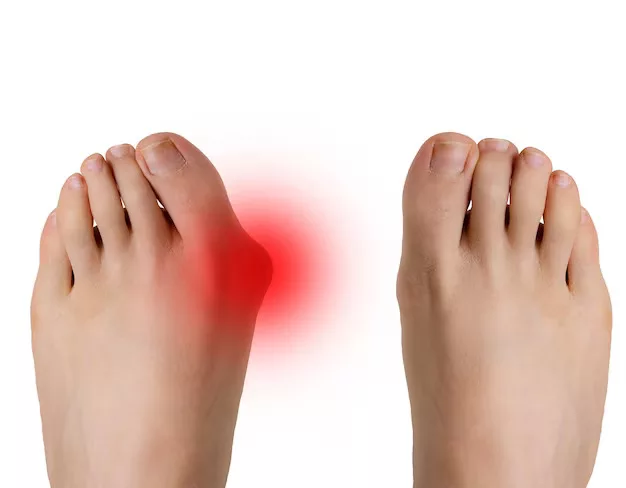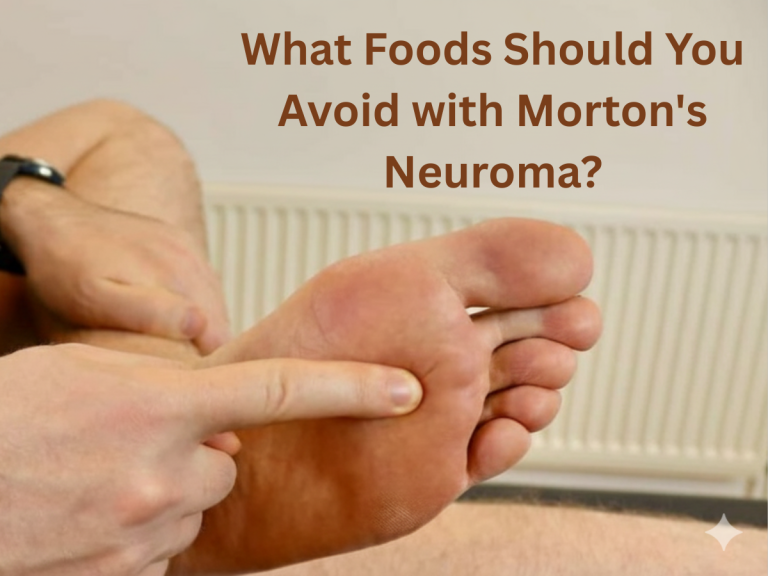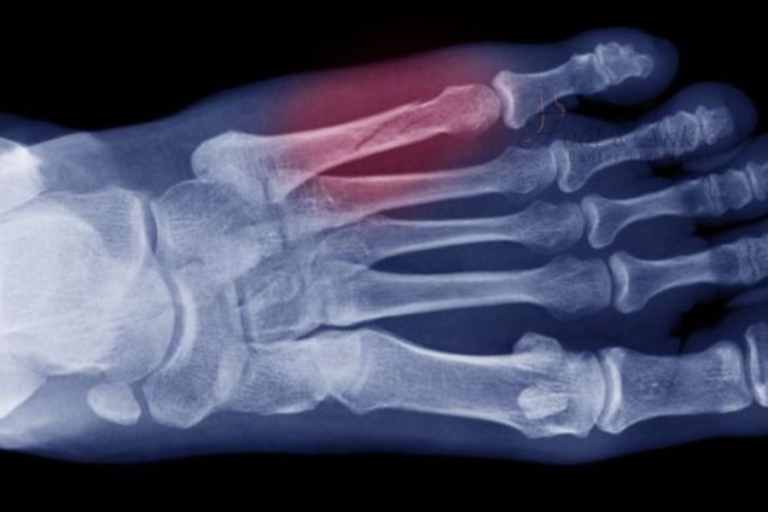Joint health is essential to our daily activities, allowing us to move around, walk, and perform numerous tasks. However, most individuals face a common yet irritating symptom—Swelling of Joints. Although it could be inconsequential at first, joint swelling can be a sign of underlying serious health issues that one should not ignore.
In this article, we will discuss why joint swelling occurs, how it is diagnosed, and what can be done in order to manage or treat it.
What Is Joint Swelling?
Joint swelling is an abnormal enlargement or puffiness of one or more joints. It typically occurs when fluid accumulates in or around the joint, typically in response to injury, inflammation, or infection. The swelling may be accompanied by pain, stiffness, redness, or restricted motion.
Swollen joints may be seen in people of any age and may develop suddenly or slowly, depending on the underlying cause.
Common Causes of Swelling of Joints
Several conditions and situations can lead to joint swelling. Some of the most common include:
1. Arthritis
- Osteoarthritis: Because of cartilage wear and tear over time. It’s most common in older adults and tends to affect weight-carrying joints like the knees, hips, and the spine.
- Rheumatoid arthritis: An autoimmune disease in which the immune system of the body attacks the joint lining, causing chronic inflammation and swelling.
- Psoriatic arthritis: Linked to the skin condition psoriasis, it brings about pain, stiffness, and swelling of the joints.
2. Injury or Trauma
Joint swelling may result from a dislocation, fracture, or sprain. Inflammation may occur even with minor injuries as the body tries to heal itself.
3. Gout
Gout is an arthritis that occurs when crystals of uric acid build up in a joint, usually the big toe. It causes abrupt, intense pain and swelling, usually at night.
4. Infections
A septic arthritis can be caused by bacteria, viruses, or fungi that infect the joint. It is a serious medical condition that tends to result in severe swelling, fever, and pain.
5. Bursitis
Inflammation of the bursae—tiny fluid-filled pouches that cushion the joints—may result in swelling, often in the shoulder, elbow, or hip.
6. Tendonitis
When tendons that encircle a joint are inflamed or irritated, they can result in swelling and pain of a joint.
Symptoms Associated with Swollen Joints
Swelling is often just one symptom. Here are others you might notice along with it:
- Pain or tenderness
- Redness and warmth
- Limited range of motion
- Stiffness, especially after resting
- A feeling of tightness or fullness in the joint
The intensity of symptoms can vary. Some people may have mild discomfort, while others might experience severe, disabling pain.
When to See a Doctor
It’s important not to ignore persistent or severe joint swelling. See a healthcare provider if you experience:
- Swelling that lasts more than a few days
- Joint swelling without a known cause
- Fever along with joint swelling
- Inability to move the joint
- Severe pain that interferes with daily activities
Prompt diagnosis and treatment can prevent long-term joint damage and improve your quality of life.
Diagnosis: How Is Joint Swelling Evaluated?
When you visit a doctor for joint swelling, they will likely begin with a physical examination and medical history. Additional diagnostic steps may include:
- X-rays or MRIs to visualize joint damage or fluid accumulation.
- Blood tests to detect signs of inflammation, infection, or autoimmune diseases.
- Joint aspiration (arthrocentesis) to analyze fluid from the swollen joint.
Accurate diagnosis is key to choosing the most effective treatment.
Treatment Options for Swollen Joints
Treatment depends on the underlying cause but often includes a combination of the following:
1. Rest and Ice
Giving the joint a break and applying ice can reduce swelling caused by injury or overuse.
2. Medications
- Nonsteroidal anti-inflammatory drugs (NSAIDs) like ibuprofen or naproxen help reduce inflammation and pain.
- Corticosteroids may be prescribed for severe inflammation.
- Antibiotics are necessary if the swelling is due to a joint infection.
- Disease-modifying antirheumatic drugs (DMARDs) for autoimmune conditions like rheumatoid arthritis.
3. Physical Therapy
Gentle exercises guided by a therapist can improve mobility, strengthen muscles around the joint, and reduce swelling over time.
4. Lifestyle Changes
Maintaining a healthy weight reduces stress on joints. A diet rich in anti-inflammatory foods—like omega-3 fatty acids, leafy greens, and berries—can also support joint health.
5. Surgery
In rare cases, joint replacement or surgical drainage may be necessary, particularly if the joint is severely damaged or infected.
Preventing Joint Swelling
While not all causes of joint swelling are preventable, you can lower your risk by:
- Staying active with low-impact exercises like swimming or yoga
- Wearing protective gear during sports or high-risk activities
- Eating a balanced diet rich in vitamins and minerals
- Staying hydrated to help flush out uric acid and reduce gout risk
- Managing chronic conditions like diabetes or arthritis with regular check-ups
Final Thoughts
Swelling of joints can be more than just an inconvenience—it may be a sign of a deeper health issue. Whether it’s due to arthritis, injury, or another cause, paying attention to the symptoms and seeking professional help when needed can make all the difference.
If you’re experiencing persistent joint swelling, don’t wait. Early intervention is key to maintaining mobility and preventing long-term damage. Contact our clinic today to schedule an evaluation and get back to moving pain-free.




